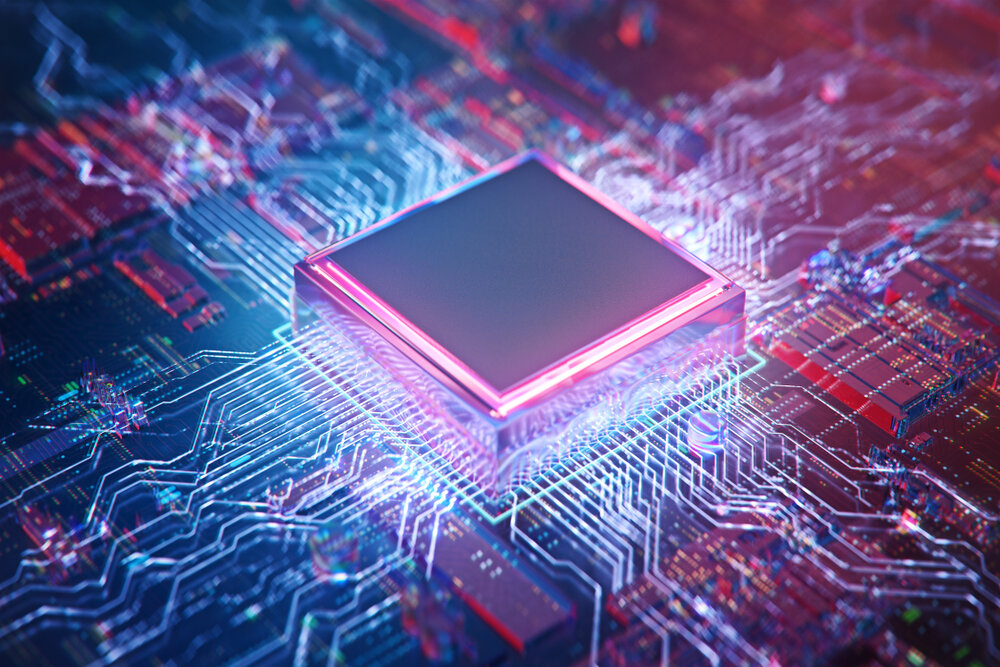In the ever-evolving landscape of technology, the term 'modern communication technology' has become a buzzword. It refers to the advanced tools and systems that have revolutionized the way we exchange information, transcending geographical boundaries and time constraints. This article aims to delve into the intricacies of modern communication technology, its implications, and future prospects.
Modern communication technology is a broad umbrella that encompasses various facets, including digital communication, social media platforms, mobile technology, artificial intelligence (AI), and cloud computing. These technologies have not only transformed personal communication but have also significantly impacted business operations, education, healthcare, and government services.
Digital communication, the cornerstone of modern communication technology, has made information exchange instantaneous and seamless. It includes email, instant messaging, video conferencing, and Voice over Internet Protocol (VoIP). These technologies have made remote work possible, enabling businesses to operate beyond physical boundaries and time zones.
Social media platforms like Facebook, Twitter, and LinkedIn have revolutionized the way we interact, share information, and even conduct business. They have provided a platform for real-time interaction, fostering global connections and collaborations. Moreover, they have become powerful marketing tools, enabling businesses to reach a global audience with targeted messages.
Mobile technology, with the advent of smartphones and tablets, has made communication accessible and convenient. It has facilitated the development of numerous applications that cater to various communication needs, from messaging and video calling to social networking and collaborative work.
Artificial intelligence has been a game-changer in modern communication technology. AI-powered chatbots and virtual assistants like Siri and Alexa have automated customer service and personal tasks, enhancing efficiency and productivity. Moreover, AI is being leveraged for data analysis, helping businesses understand customer behavior and make informed decisions.
Cloud computing has transformed the way we store and access data. It has enabled real-time collaboration, with multiple users able to work on the same document simultaneously from different locations. Moreover, it has provided a cost-effective solution for data storage and backup, eliminating the need for physical servers.
While modern communication technology has numerous benefits, it also poses challenges. These include privacy and security concerns, digital divide, and the risk of misinformation. Therefore, it is crucial to address these issues through effective regulations and user education.
Looking ahead, modern communication technology is set to evolve further with advancements in 5G, Internet of Things (IoT), and quantum computing. These technologies promise to enhance connectivity, speed, and data processing capabilities, paving the way for a more interconnected and efficient world.
In conclusion, modern communication technology is a dynamic and multifaceted field that has significantly transformed the way we communicate. As we navigate through the digital age, it is crucial to understand and adapt to these technologies, leveraging their benefits while mitigating the challenges.
This article provides a comprehensive insight into modern communication technology, aiming to inform and educate readers about its various aspects and implications. It underscores the importance of staying abreast with technological advancements to thrive in the digital era.


